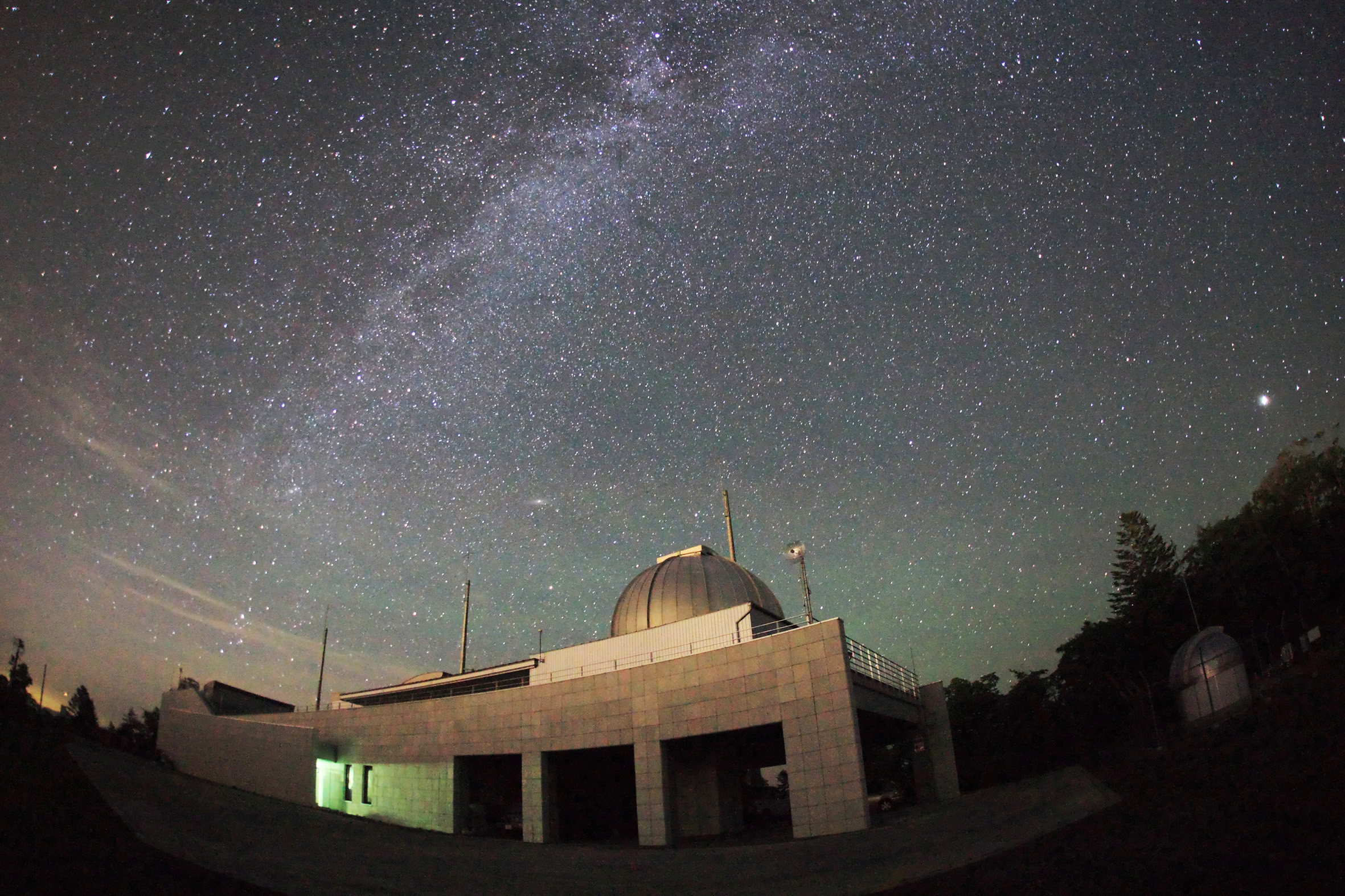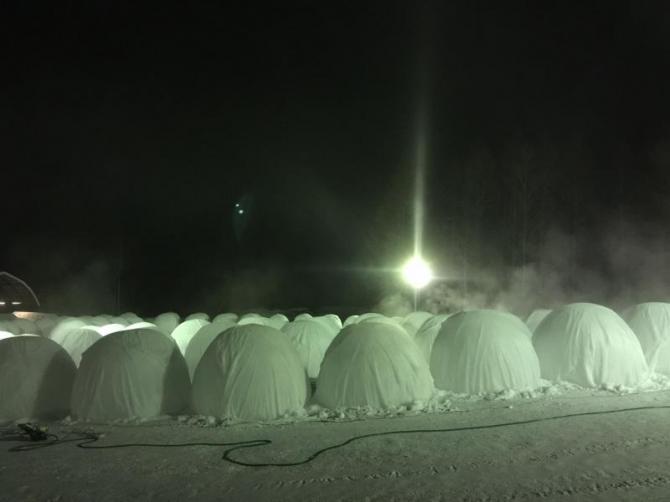
photo by rikubetsucho
Winters in Hokkaido, the northernmost part of Japan, are the coldest in the whole country. No wonder that it is home to Japan’s coldest city, Rikubetsu, located in the center of the Tokachi District. Now, the fact that the city is famous for being cold might have given you a slightly negative first impression. But actually, Rikubetsu offers various events and activities tied closely to its cold temperatures that you could not experience in everyday life, which has made it a more and more popular tourist destination in the recent years. Let’s see what the coldest city in Japan, Rikubetsu has to offer!
What kind of place is Rikubetsu?
Rikubetsu is located in the northeastern part of the Tokachi District, slightly east of central Hokkaido. Tokachi is famous for its dairy farming industry producing butter and other dairy products, cultivating soybeans and azuki beans, and forestry. Rikubetsu, right in the center of Tokachi, is a basin-shaped valley, with high plateaus in the west and smaller plateaus in the east. Its shape results in extreme temperature differences with hot summers and cold winters. Especially in winter, the temperatures jump to a low. The coldest temperature in 2016 was -28.8, and the hottest 31.8 Celsius – a difference of more than 60 degrees! The average temperature in January is -20.2 degrees, and the yearly average a mere -11.4 – the coldest average temperatures in Japan, with a low of -38.0 degrees holding the record. Not neglecting the tourist industry, Rikubetsu uses its cold climate for thematic events and activities such as an observatory offering a great view of a crystal-clear night sky. To get there, take a plane from Tokyo to Memanbetsu Airport, followed by a 1 hour drive. Many people visit each year to experience Japan’s coldest place first hand.
Access:
From Haneda Airport to Memanbetsu Airport: 1 hour 45 minutes
From Memanbetsu Airport: 1 hour by car, or approx. 3 hours by Kitami Bus (including the transfer time at Kitami Bus Terminal)
Furusato Ginga Line Rikubetsu Railway
At the moment, the only public transportation available in Rikubetsu is Hokkaido Kitami Bus and Tokachi Bus. Until recently, there also was the single-track railroad Furusato Ginga Line connecting Obihiro and Kitami, but it was discontinued in April 2006 after a 95 year long history. The line itself was being preserved for a few years without being used, but it came back to life in summer 2008 as a tourist attraction – the Furusato Ginga Rikubetsu Railway. This rare attraction included riding the original Furusato Ginga Line train cars on the actual route, and pedal trolleys made this an activity available for both children and adults. The Furusato Ginga Rikubetsu Railway is opened every year from around the end of April to the end of October. The original Furusato GInga Rikubetsu Station building is now used as “Aurora Town 93 Rikubetsu”, the place where both the buses and the Furusato Ginga Rikubetsu Railway departs and arrives, and a souvenir shop as well as tourist information center. You can also start your railway stamp rally here!
Furusato Ginga Rikubetsu Railway (Japanese)
Ginga no Mori Astronomical Observatory (Rikubetsu Space Earth Science Center)

photo by rikubetsu
Rikubetsu’s starlit sky is breathtaking – so beautiful that it was selected as “Starry Sky City” in Showa 62 (1987). During winter, the air has fewer currents and is clearer than during the rest of the year, meaning the stars are visible more beautifully. Therefore, Japan’ coldest town is blessed with a crystal clear night sky, perfect for stargazing and observing the sky. Inside the Ginga no Mori Astronomical Observatory, you will find Japan’s largest reflecting telescope, Rikuri, sporting a length of 115 cm, followed by 4 smaller telescopes as well as a solar telescope – all available for observing the sky. Exhibition panels, large monitors and space exploration computers, as well as a planetarium offer various opportunities to learn more about the universe. But by taking a step outside at night, you can leave the telescope behind and enjoy a perfect starlit sky with your own eyes.
Ginga no Mori Astronomical Observatory (Rikubetsu Space Earth Science Center)
Northern Light in Rikubetsu
Rikubetsu is also famous for being a place where you can see northern lights – an extremely rare sight in Japan. The northern lights that appear in Hokkaido, including Rikubetsu, are called “low latitude aurora”. This means looking at the upper, red part of the northern lights appearing in high latitude areas. This low latitude aurora appeared in Rikubetsu several times in the past. The latest sighting at Ginga no Mori Astronomical Observatory, the first one after 11 years, happened in March 2015, showing a slightly red northern light.
Shibare Festival

photo by rikubetsu
Various events take place in Rikubetsu throughout the year, including a Menko Competition or an Off Road Race. But what demonstrates Japan’s coldest temperatures most is Shibare Festival. “Shibare” means “extremely freezing cold” in the Hokkaido dialect. This competition is held over 2 days and includes many highlights such as stage performances or fireworks coloring the night winter sky. But the long-awaited special main event of the festival is the “Human Cold Resistance Test”. This reckless event includes spending one whole night outside in a round balloon-shaped house, called Balloon Mansion – of course without using any heating devices. If you make it through the night, shivering from the cold until morning, your award will be a certificate (no monetary prize available). In addition, there even is a participation fee. But this Cold Resistance Test is very popular, and has turned into a competition gathering tough people from all over the country every year.
Summary
With peaceful, lush nature and a breathtaking night sky with countless twinkling stars as a background, ride a nostalgic railroad and experience a unique level of coldness. The whole town’s appeal to tourists turns out to be a success, and Rikubetsu is becoming more popular each year. Most people tend to flee from the winter’s cold and spend the season mostly inside, but how about turning it around and experiencing Japan’s coldest town, Rikubetsu, for a change? Just make sure to bring the proper warm outerwear.
Related Article:
Hot Japanese summer! But where is the hottest place in Japan?
